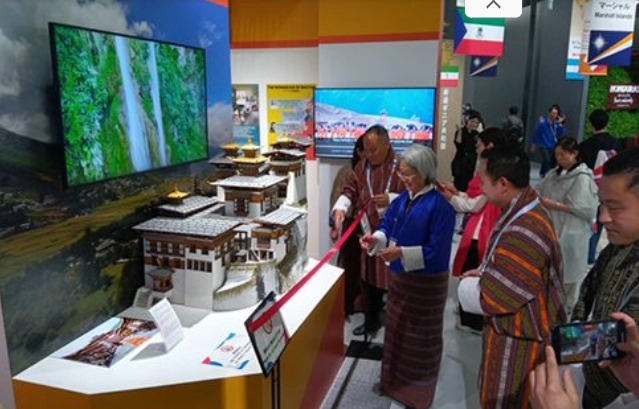
Drukair helicopter will airlift eggs to Lunana’s isolated schools, ensuring no child is left behind. The One-Child, One-Egg initiative provides one egg per child daily through the school feeding programme. In an effort to address nutritional deficiencies, eggs have been provided to students in schools designated under the One-Child, One-Egg program since the start of this school year. At first, the program involved roughly 32,000 kids in 300 trial schools. With Lunana now included, the list has been revised to include 345 schools that benefit 31,579 students: 290 primary schools, five special education institutions, and 50 extended classes. UN Food and Agriculture Organization supports trial implementation of malnutrition initiative in Bhutan, funding initial $2m for first two years.
The initiative is receiving eggs from about 169 farms across the country. BLDCL fills the gap in places where producers are unable to provide demand by obtaining eggs and assisting with logistics and transportation. At an estimated cost of Nu 101 million, the program is anticipated to produce approximately 8.4 million eggs in its first year. There are just six pupils at Yalang Gewog, Trashiyangtse’s Dukti Primary School. The journey to deliver the eggs to the schools takes a full day. Twice a month, two men, Ugyen Chophel and his Dukti friend, make the arduous journey to bring the eggs to Melongkhar Primary School, which has 32 pupils and is located along the route, as well as Dukti.



